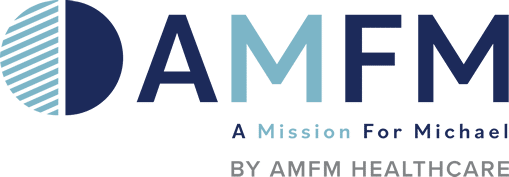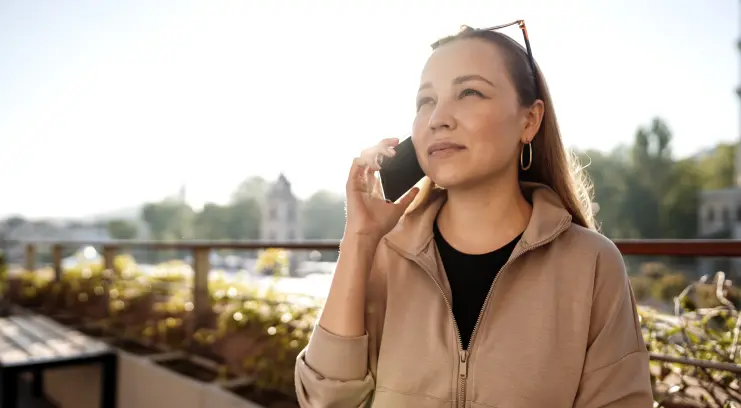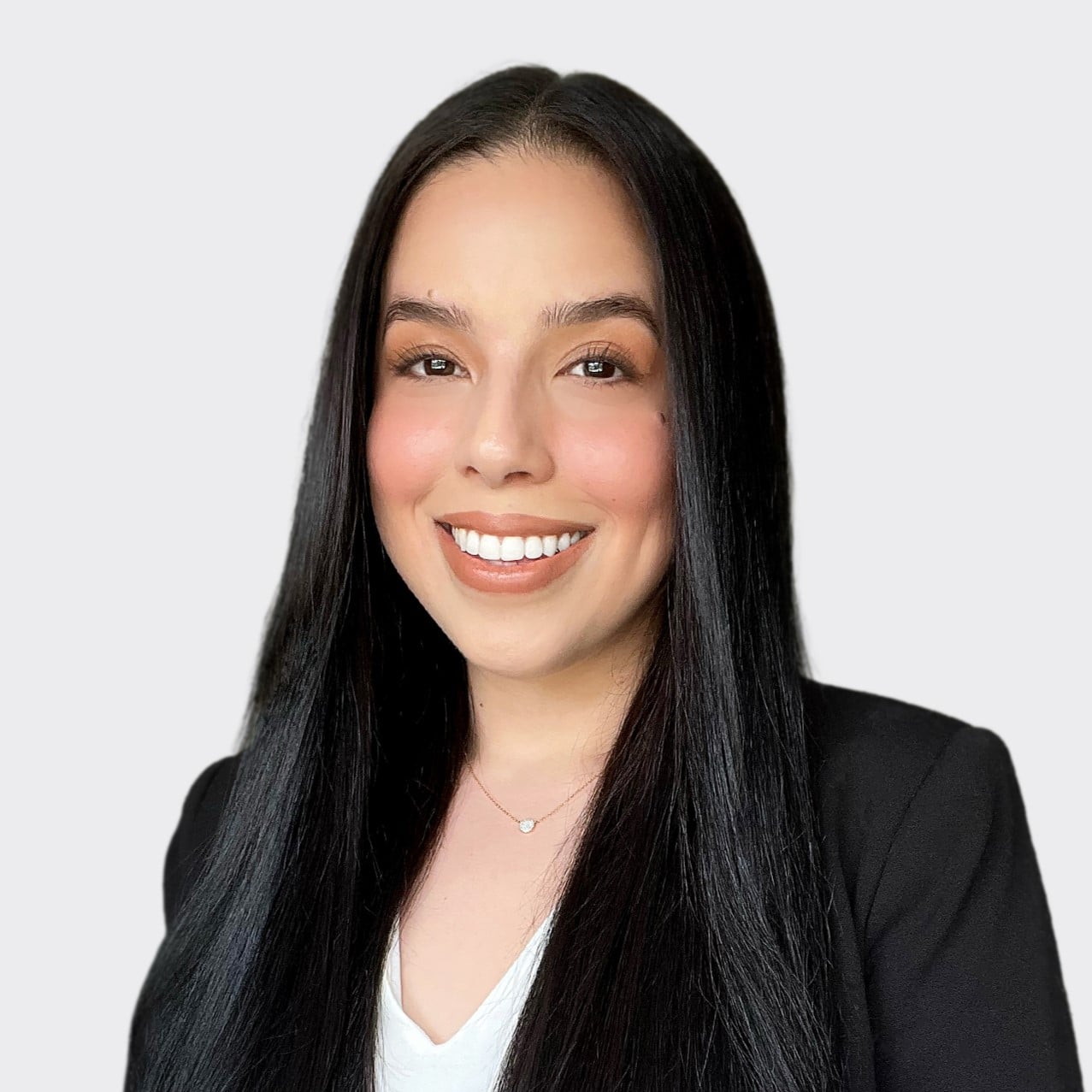It is estimated that 51.5 million U.S. adults struggle with mental health issues. However, Lesbian, Bisexual, and Gay adults are at a greater risk to experience a mental illness conditions compared to heterosexual adults while Transgender adults are four times more likely to experience a mental health condition when compared to their cisgender peers. Unfortunately, as of 2020, about 54% of LGBTQIA+ people who wanted mental health care, were unable to access these resources for a variety of reasons.
With such a high need for access to mental health care, why in 2021 are LGBTQIA+ people still struggling to receive proper care?
Through our research, here are the most common 3 barriers towards mental health treatment for LGBTQIA+ community.
LQBTQIA+ people often struggle to afford the needed care and if they are able to afford help, there are barriers to overcome such as a lack of affirming providers as well as general stigma and shame that still exists
1. Homelessness & Inability to Afford Care
Sexual minority adults are twice as likely to experience homelessness in their lifetime than their cisgender, heterosexual peers. This homelessness, makes it challenging to access the level healthcare that those who are LGBTQIA+ need. Unfortunately, this is also an issue with the LGBTQIA+ community at large as they are less likely to be insured in general.
Even for those in this community who are insured, there are still barriers. There are limitations in therapists and providers who accept certain insurance and are properly trained to work successfully with LGBTQIA+ community.
2. Lack of Affirming Mental Health Care
Finding affirming and competent primary care for LGBTQIA+ people often is a barrier. People in the LQGTQ community still carry the fear of past therapy techniques such as conversion therapy, so finding a therapist who they can trust, who has experience working with this population, and who takes their insurance can be challenging combination to find.
The majority of training to be a therapist is centered around heterosexual and cisgender populations. With a lack of training on LGBTQIA+ issues, it can be very challenging as a member to find a therapist who is able to successfully work through internalized homophobia, acceptance of themselves and other community specific issues.
Another very real fear for LGBT youth, in particular, is the fear of being outed by their therapist to their family because they are a minor and the rules around confidentiality are different than if they were an adult.
3. Stigma and Shame
One out of every four LGBTQIA+ people have experienced discrimination based upon their gender identity or sexual orientation. As early as 2017, one out of every three transgender people were denied health care services and were turned away due to their gender identity. With so many LGBTQIA+ people struggling with shame in silence there is a higher rate of suicide within the community.
High school students who identify as lesbian, gay, bisexual, queer are four times more likely to attempt suicide compared to heterosexual high school students, while 40% of transgender adults have attempted suicide in their lifetime. In comparison, 5% of the United States population as a whole has attempted suicide.
78-86% of LGBTQIA+ students have reported verbal harassment at school on the basis of their sexual orientation, and gender identity. 1 out of 4 LGBTQIA+ students are physically attacked in school. Bullying and harassment contribute towards depression, anxiety, suicidality, as well as increases in shame.
Conclusion & What We Can Do?
As an ally to the LGBTQIA+ community, or as a member there are action steps you can take to help reduce the barriers towards receiving mental health services. One of the positives of COVID-19 was that access to telemedicine, and out of state care were implemented which opened up people’s ability to have a wider net of resources when seeking treatment.
We need to work with policy leaders to continue opening up care across state lines, as well as reimbursements for healthcare workers even post COVID-19. In order to increase affirming care for more behavioral health professionals, there needs to be more diverse training.
It is important for educational programs to have more inclusive curriculums so professionals will be properly trained to effectively help this population. If you are an LGBTQIA+ person or ally seeking treatment it is important that you do your research when finding a provider.
Do not be afraid to ask questions about their experience in working with people within the LGBTQIA+ community or any specific training they have to work within the community. Lastly, don’t be afraid to talk to local LGBTQIA+ health and community centers to ask for their recommendations in finding affirming care.






